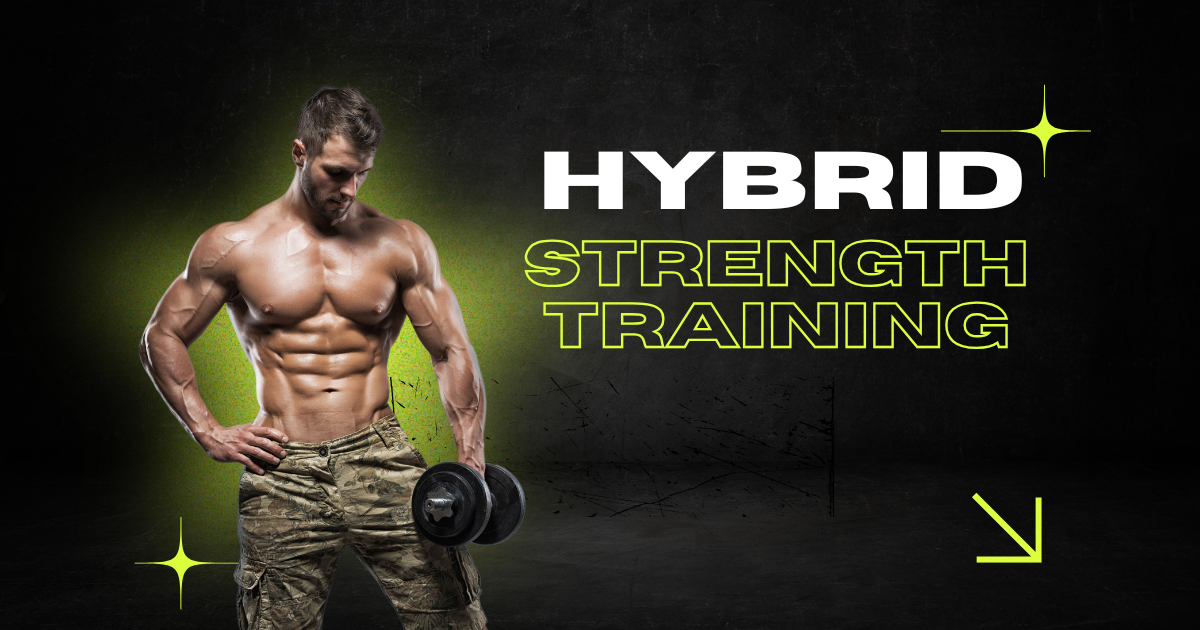Introduction
Golf strength training enhances power, stability, and flexibility, improving swing speed and overall performance. While golf may be the epitome of a skill and precision sport, a huge component of strength becomes a key aspect of your improvement within the game. So here are some golf strength training exercises that get you stronger. For novices and pros alike, adding strength training into the combine can be a game changer.
This guide will examine basic and succinct muscle-building routines designed specifically for novice golfers. So read on for some specific exercises, core strength workouts, and tips for feeling strong when you swing with power and control.
1. Why Golf Strength Training Matters for Beginners
Many new golfers tend to neglect strength training, believing that golf is exclusively about technique. But golf-specific strength training has a number of advantages:
- Increases Swing Power: Stronger muscles generate more force, allowing for more incredible clubhead speed and longer shots.
- Enhances Stability and Balance: A stable core and lower body provide better control during swings.
- Reduces Injury Risk: Strength exercises strengthen muscles and joints, reducing the risk of common injuries, including lower back pain and golfer’s elbow.
- Boosts Endurance: A round of golf can take hours. Muscular endurance, which is improved through strength training, assists on the field with stamina, enabling you to withstand the entire game.
2. Key Muscles Used in Golf
Knowing which muscles are important for golf can help you target the proper training:
- Core Muscles: Abs, obliques, and lower back get activated for rotational power and swing stability.
- Upper Body: A strong upper body upper body facilitates a strong grip and a smooth swing.
- Lower Body: Strong legs and glutes help with balance and endurance.
3. Essential Golf Strength Training Exercises
A. Core Strengthening Moves
- Planks – Strengthens the core, leading to a more stable swing.
- Russian Twists – Strengthens rotational power for better swing control.
- Dead Bug Exercise – Improves core control and balance.
B. Upper Body Workouts
- Dumbbell Shoulder Press – Builds shoulder strength for smoother swings.
- Bent-Over Rows – Strengthen the back for good posture and stability.
- Triceps Dips – Improves arm endurance for consistent shots.
C. Lower Body & Stability Training
- Squats – The squats make your legs strong for a strong stand.
- Lunges – Improves flexibility and stability in the lower body.
- Calf Raises – Improves stability and endurance of the foot.
4. Simple Yet Effective Golf Strength Training Routine
For beginners, a structured golf strength training program should focus on consistency and gradual progression. Here’s a simple workout plan:
Beginner Golf Strength Workout Plan (3 Days a Week)
- Warm-Up (5-10 minutes): Dynamic stretching, arm circles, leg swings.
- Workout Routine:
- Planks: 3 sets of 30 sec
- Russian Twists: 3 sets of 12 repetitions per side
- Dumbbell Shoulder Press: 3 x 10 reps
- Bent-Over Rows: 3 sets of 10 reps
- Squats: 3 sets of 12 repetitions
- Lunges: 3 sets of 10 repetitions per leg
- Cool-Down (5 minutes): Static stretching and foam rolling.
5. Common Mistakes to Avoid in Golf Strength Training
However, this step is commonly overlooked by new ones and eventually results in injuries and muscle stiffness. A good warm-up readies your muscles for the workout and helps minimize the chances of strains. One of the most common is trying to pick up too much too soon. It’s important to start light and get your form right before you add on the weight.
Flexibility is frequently neglected, but it is as much an aspect of fitness as strength. If you lack flexibility, you’ll feel it in your swing, limiting both power and procurement. Another major blunder is overlooking recovery itself. If you don’t give your muscles time to rest after a hard workout, you could get hurt or tired, which slows you down.
6. Importance of Flexibility and Mobility in Golf Strength Training
Every great golf game is built on two important components — flexibility and mobility. Having a full range of motion creates a fluid and powerful swing that will help you generate additional speed and control. Some stretching exercises like torso rotations, hamstring stretches, and shoulder mobility drills go a long way in enhancing your flexibility. Foam rolling to release muscle tension, which will make you move more efficiently.
This ensures your injury risk is lower, and your posture is better maintained. Mobility work allows you to better attack the golf course, and regardless if it’s prior to a round or after a workout, spending time on mobility will help push you through those 18 holes, game after game.
7. Resistance Band Training for Golfers
Resistance bands are a great tool for golfers who want to add strength without using heavy weights. They allow for a certain amount of controlled resistance, which promotes muscular endurance and stability. Band rotations are one of the best drills for increasing your swing and rotational power .
Lateral band walks are another great exercise for strengthening the hips and glutes, essential for maintaining balance as you swing. Moreover, band pull aparts enhance shoulder stability and help to avoid common injuries associated with golfing. Resistance bands can be The Ultimate golf fitness tool, as these exercises can be done anywhere.
8. Core Stability Drills for a Stronger Swing
A strong core is the foundation of a powerful and consistent golf swing. Core stability drills help you maintain control and generate force through rotation. One of the best exercises for core strength is the Pallof press, which engages deep core muscles to resist unwanted movement.
Side planks will also help you build lateral stability and ensure the whole body stays still during the swing. Hanging leg raises can also help strengthen the lower abs, which aids in overall body control. Strengthen your swing mechanics and make your shots more consistent by focusing on core stability.
9. Balance and Coordination Exercises for Golfers
With timing being a key routine, having proper balance, your core, and coordination will enable you to maintain control of your body, thus allowing consistent swing execution. Single-leg deadlifts are an excellent exercise to challenge your balance and strengthen your hamstrings and glute muscles. Progressing to BOSU ball squats may add even lower-body stability, which can help to improve your dynamics as you move through your swing.
Heel-to-toe walk: This is another excellent exercise to improve coordination and footwork. Improving your balance will allow you to adjust to different types of terrain on the golf course and can help you stay stable during your shots.
10. Best Strength Training Equipment for Golfers
The right equipment is crucial for your golf strength training to be effective. Dumbbells are versatile and can be used for tons of strength exercises, so they are a great investment. Resistance bands are also great for controlled movement and rehabilitation/injury prevention. In the realm of core-centric exercises, you can use a stability ball to help bolster your strength and control.
With this workout program, we have provided effective tools for golf performance.
11. Golf Strength Training for Senior Players
So, senior golfers might approach low-impact strength training exercises that enhance joint health and flexibility. Exercises like bodyweight squats, resistance band movements and soft mobility drills are best to maintain strength without stressing the body too much. We can also do stretching routines to maintain flexibility so our movement does not cause pain.
12. Tracking Progress and Staying Motivated
Track Your Progress: It’s really important to keep yourself motivated and the results you create. A workout journal to record gradual improvements in strength, flexibility, and performance can be immensely helpful. If you set achievable goals and reward your progress, even in small ways, you will remain motivated to train rigorously. Golf fitness communities and trainers can provide that extra support and motivation.
13. Conclusion
Golf is a game all about skill, and by adding a golf strength training program into your regimen, you can dramatically increase your swing strength, stability, and performance. Keep it up with good form and you will be rewarded with a stronger, more efficient golf game.
14. Frequently Asked Questions (FAQ)
Q: How often should I do golf strength training?
A: For beginners, 2-3 days a week is ideal to build strength without overtraining.
Q: Do I need heavy weights for golf strength training?
A: No, bodyweight exercises, resistance bands, and light weights can be very effective.
Q: How long does it take to see improvements?
A: Most golfers notice better strength and swing control within 4-6 weeks of consistent training.
Q: Should I train on the same day as playing golf?
A: It’s best to separate strength training and golf rounds, but light mobility work on game days can be beneficial.
Q: Can senior golfers benefit from strength training?
A: Absolutely! Strength training improves mobility, balance, and joint health for golfers of all ages.





